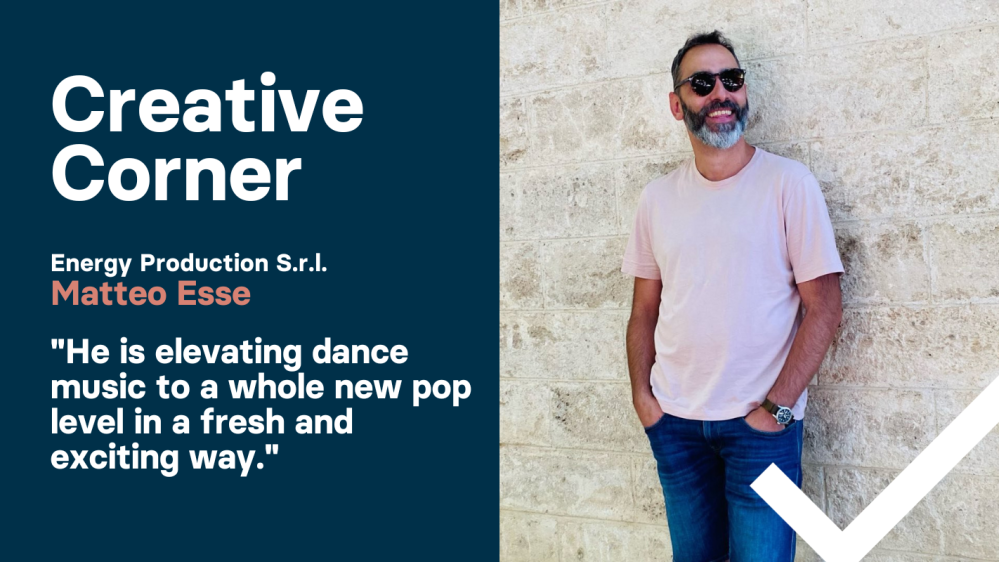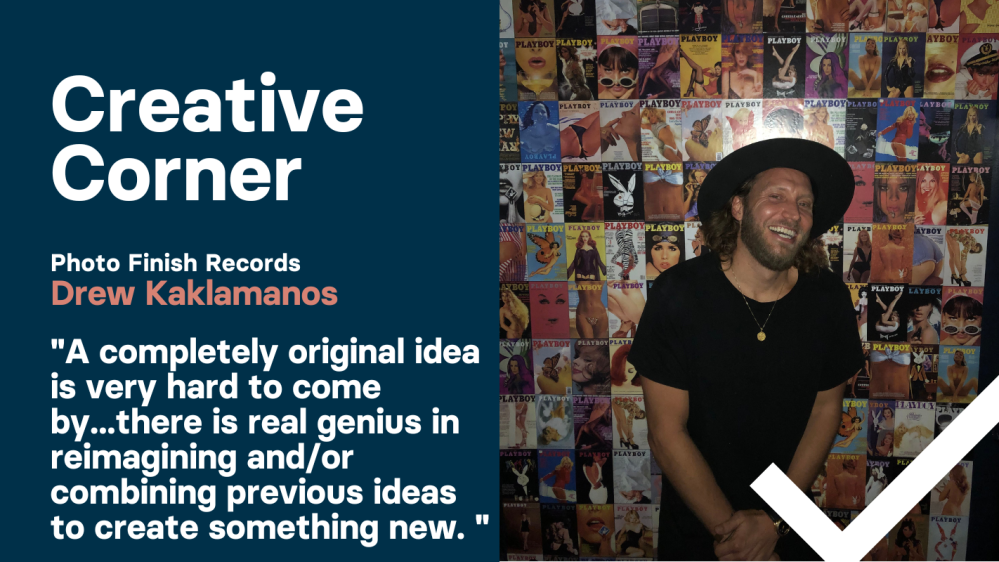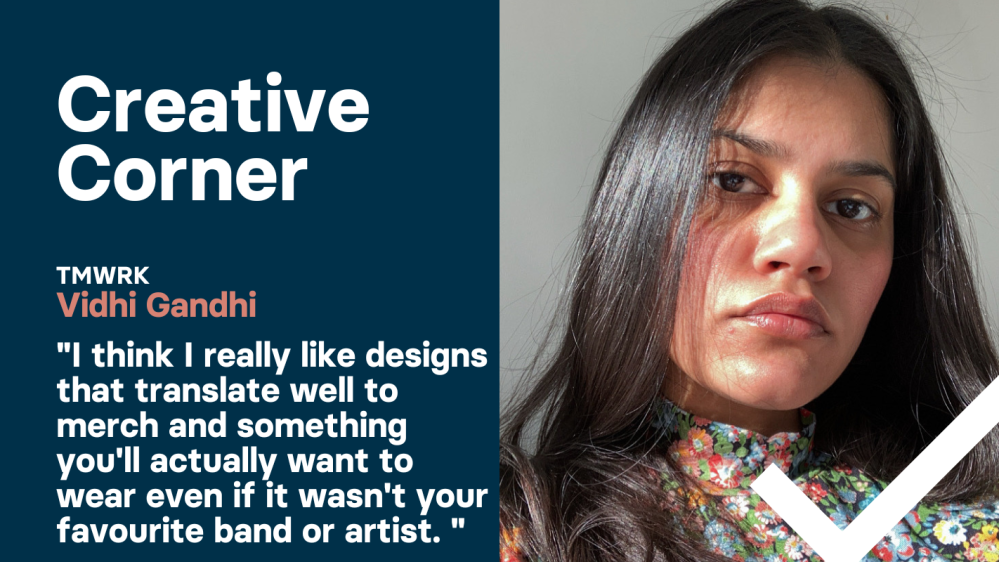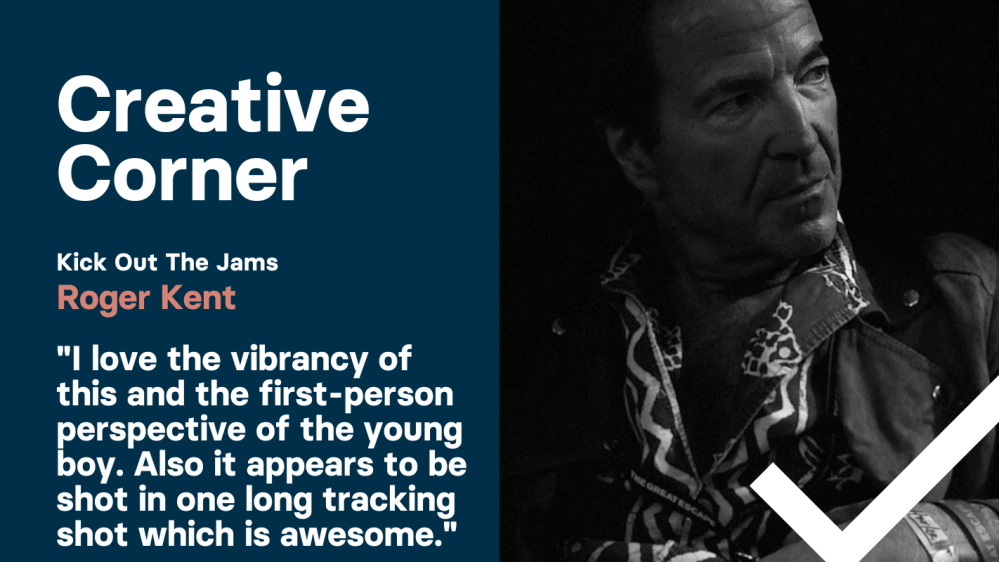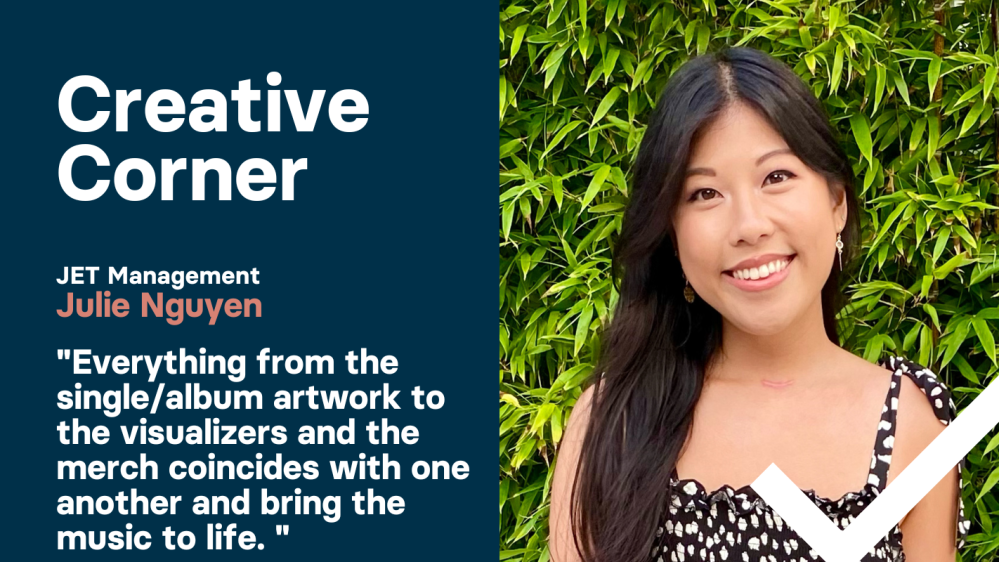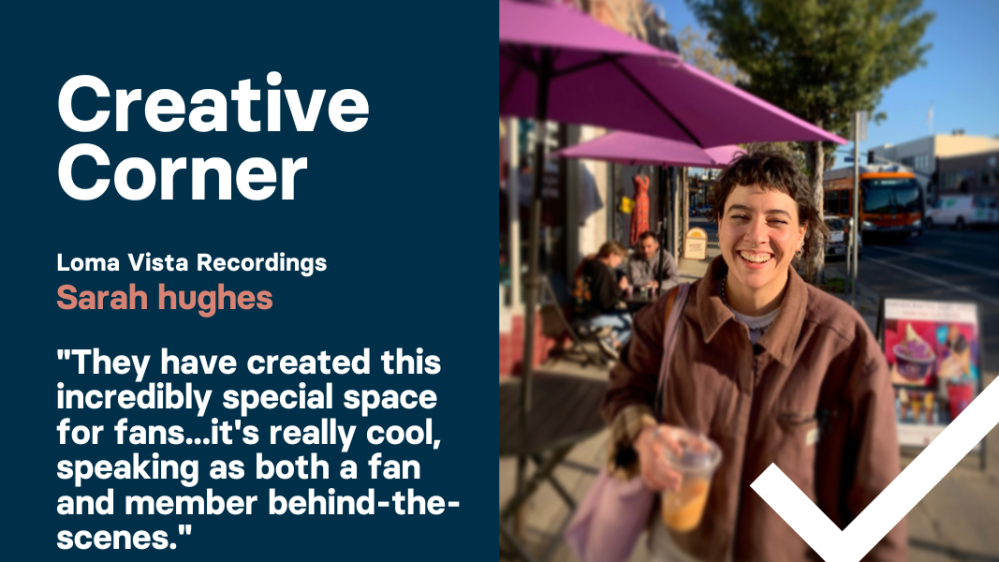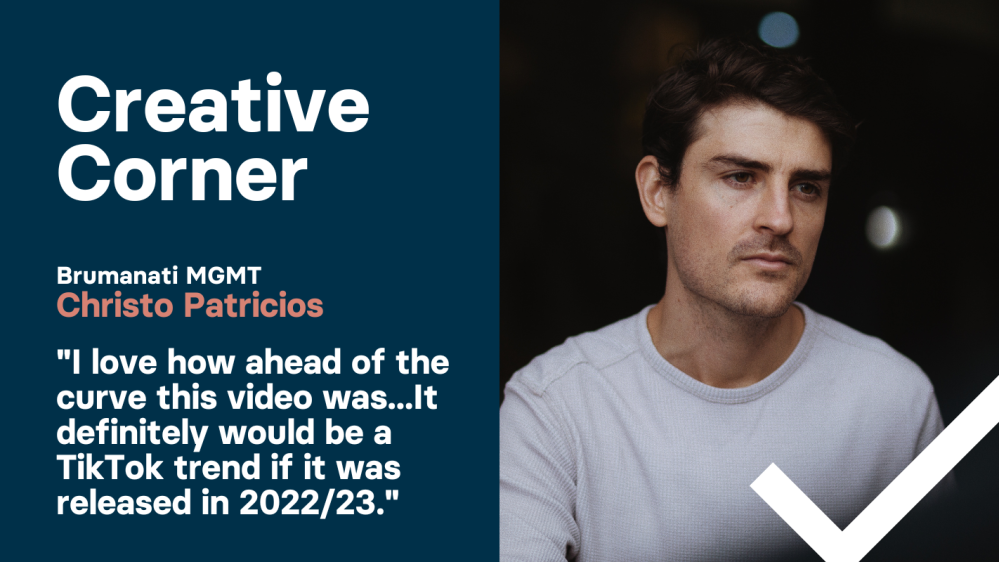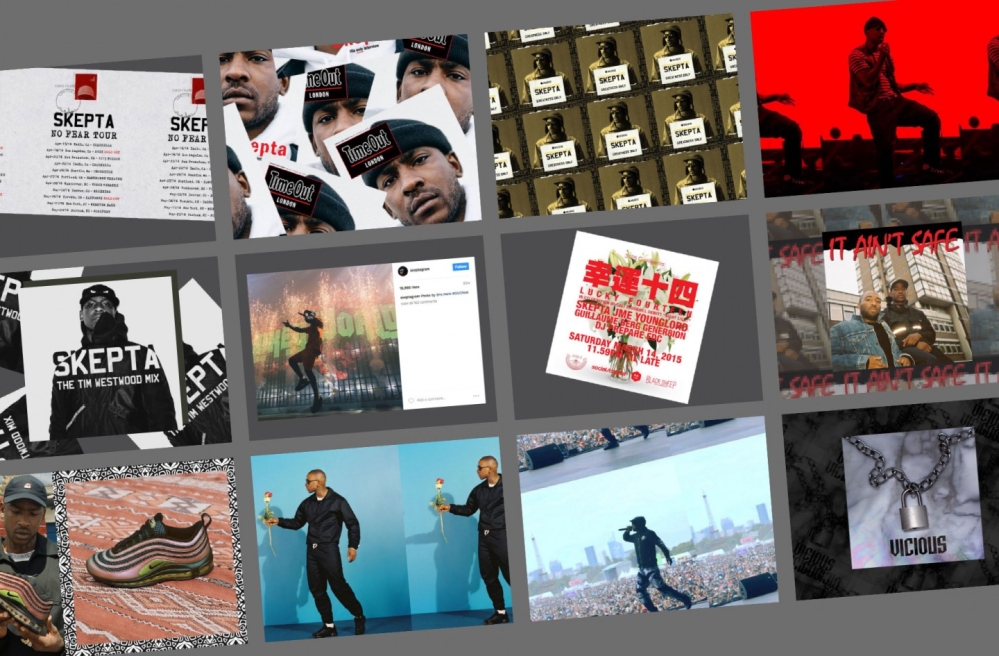
In an age where new creatives seem to upload their portfolios to Instagram and be done with it, the need for a website has become debatable.
Written by Hatti Rex | Image and Skepta website by Tristan Palmer Studio
In an age of Instagram domination, the need for a website has become debatable. After all, content on your website won’t get shared, right? Wrong.
We caught up with Stephen O’Reilly and Tom Burris, Director and Head of Digital respectively at ie:music (the music management masterminds behind artists including Robbie Williams and Cher Lloyd) to find out why it’s still necessary to have a website on top of your social media output, and that's whether you’re just starting out or a fully developed artist.
Keep control of your brand
“A website can be a key core part of the artist’s online brand and identity,” explains Stephen. “I think it’s important to have your own domain that you own and you control and it’s also an important destination for fans to explore your world if they want to explore your world.”
Having all your events, merch, content, new releases, socials and updates will mean it’s easier for fans and those wanting to work with you to find what they’re looking for.
Being in charge of your own website also means that you’re in control when things go awry.
“Having your own website for the long term, registering your own domain, and being in the driving seat with it is incredibly important because we’ve had all sorts of issues in the past where agencies, labels (sometimes ex-boyfriends) bought the original domain,” Tom tells us.
“When they don’t transfer ownership of the domain, you lose the website, the domain expires and then you lose it entirely. Then you have to register a brand new domain and tell fans what your new website is, so we’d always advise the artist gets that domain from the very beginning.”
Cost-effective
“There’s no excuses your website can’t be kept up to date,” Stephen is quick to acknowledge the simplicity of building your own site these days.
“You can plugin your Instagram for images and Songkick for gig dates, you can use widgets that keep it up to date and I think websites start at no cost to fifty to a hundred quid a year for a beautiful template on Squarespace or other basic template platforms.” If you get stuck, you can always hire a developer or friend to help but generally, they also build from templates.
Tom agrees, explaining that having less on your website is truly more. “I’m not a big fan of the massively overdone website unless you’re a heritage artist like Robbie Williams or something like that, where you’ve got this fanbase that you’ve nurtured for decades and may kind of expect that bigger experience but generally, keep it visual and to the point, you probably want only 3 or 4 pages max.”
From a creative's perspective, when it comes to those legacy and headline artists, Tristan of Tristan Palmer Studio, who combines art direction, brand identity design, and website development for music industry clients said:
"A great website can really help elevate an artist (or label) by creating an immersive experiential digital home for fans to engage with content, history, and inspiration. The kind of content which is not available anywhere else is what really creates value for any fan."
"From a marketing standpoint, that value can be leveraged to drive longer-term fan engagement, increase merchandise sales, and help labels and management to really understand their audiences through data collected."
Centralise your output
It’s important to realise that as social media platforms come and go, so can your content. Backing up your posts means they won’t suddenly disappear off the web forever with little warning, just think back to the chaos of when MySpace lost 12 years worth of music uploads.
“The website should always be the basecamp of your online brand, so you can have your identities on different social platforms but really you want to be sending fans to a different destination that you own,” notes Stephen. “Social media companies come and go and you have access to your own fans, which is an important part, you don’t want to be stuck on a platform that’s going to charge you to use it.”
Additionally, Stephen explains that wherever you post your content, you need to make sure you aren’t susceptible to hackers.
“If you’ve got a Wordpress site, you’re going to have to be a little bit more hands-on with something like that. It’s much more commonly used so there’s more chance of it getting hacked if you’ve not got it up to date, so it’s a case of updating all your templates and plugins and making sure they’re all compatible.”
Collect audience data
Whilst on your regular social channels you’re able to see who’s directly liking and interacting with your content, having data capture methods like signing up in exchange for a free download allows you to collect further data for future marketing purposes.
Tom explains that one of the most important parts of having a website is “to centralise your own data and know who your fans are, as well as the value of having the e-commerce on your own website and knowing the fans, being able to market to them, being able to track who's been on the website and automate an email to them if they have added something to their cart and not checked out. Those sorts of things that are more advanced are totally worthwhile and justifiable to have the upkeep.”
Selling Merch
“With a developing artist it’s good to have an e-commerce side,” Tom continues. “Especially at the moment when you’re not able to sell merch on a tour, having that available where you can sell your own tickets to your own shows from that early point [is worthwhile].”
Stephen agrees, going on further to explain that Shopify and other e-commerce sites and plugins have been expertly developed and are available to everyone from Kylie Jenner, to Robbie Williams, to developing artists. It also gives exciting options for nostalgic re-runs, “looking back at past events you could put a t-shirt from that gig twenty years ago”.
According to Tristan: “commercially this is where that immersive experience can become really powerful. Instead of driving people straight to the shop which exists externally (at which point the user is lost from the artist’s site), a more integrated and in-depth approach can allow you to create purchasing opportunities that feel natural when intertwined with unique content, allowing for an organic user journey into the purchasing of merch, physical products, and downloads, all of which can exist in the same place, right next to that content."
"There are even some newer music tailored platforms such as Ochre that are built with these practices in mind," he continues.
Don’t know where to start? Try looking at these artist websites for inspiration, as recommended by Stephen and Tom.
- Run The Jewels - One of Stephen’s favourites! “They’ve always had very interesting websites and have always done nice things like giving away their music for free in exchange for fan data, that’s a really good example of a very effective website.”
- Bruno Mars - A resounding success from both Tom and Stephen’s perspective. This single-page website clearly identifies both product and content with immediate effect.
- Skepta - Built by Tristan Palmer Studio (via CC): “It has the Skepta brand embedded throughout,” says Stephen. “It wasn’t just the music but it was also his brand partnerships and his products.”
